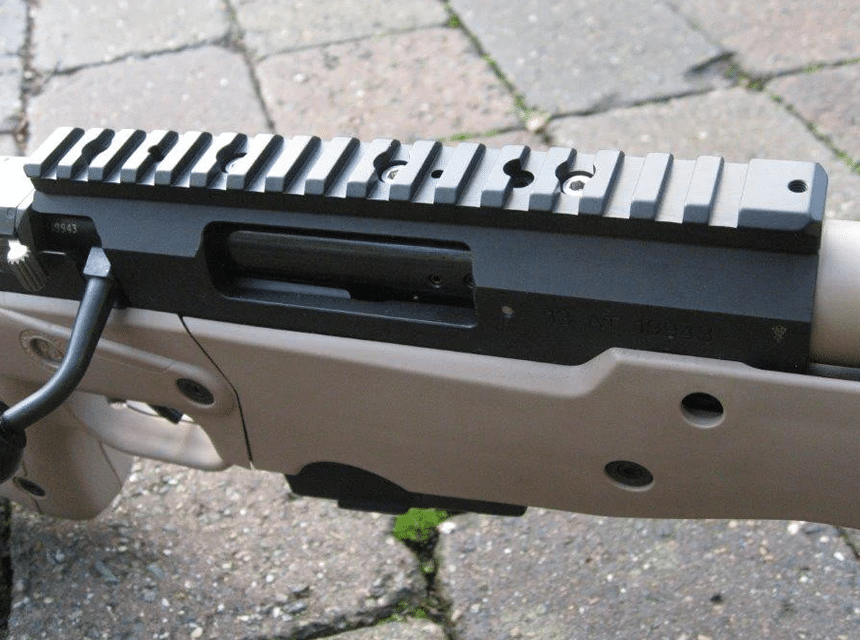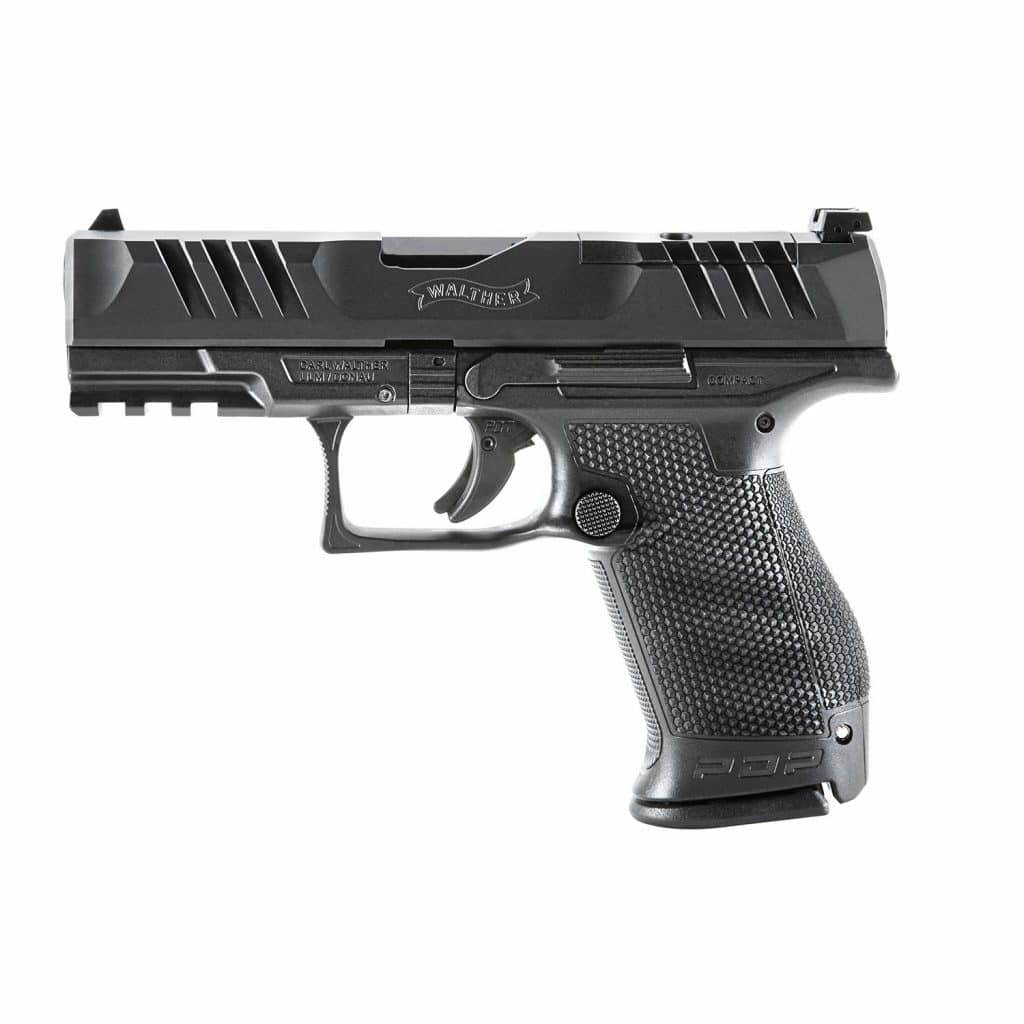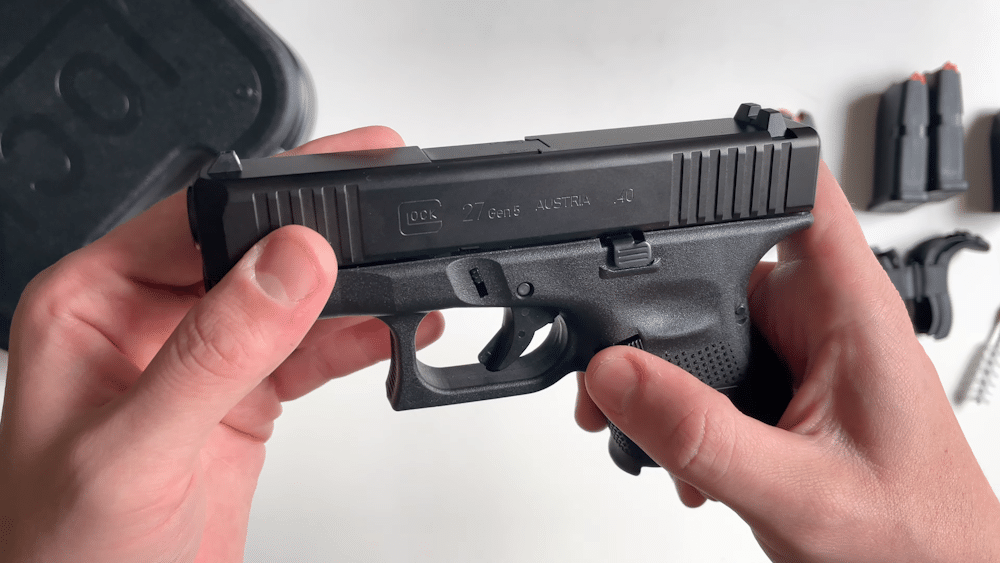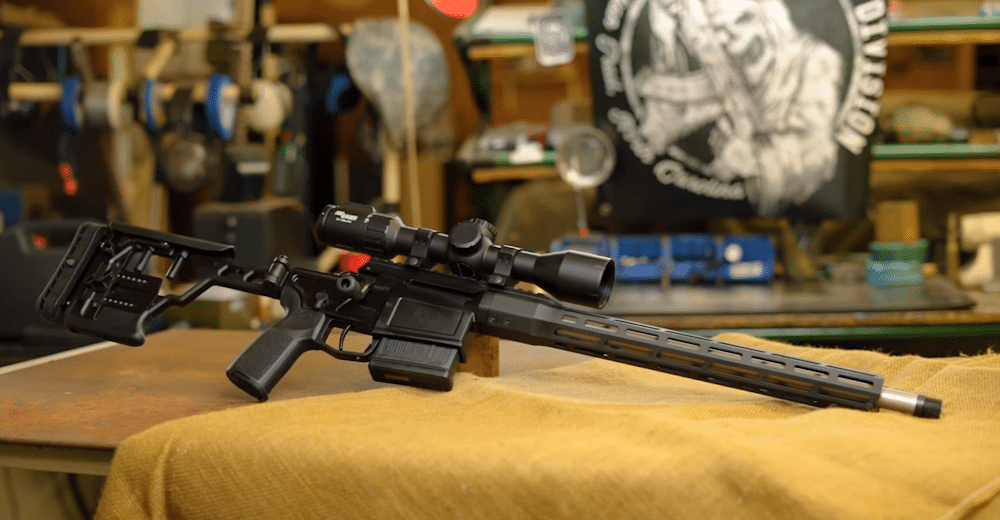A reflex sight, also known as reflector sight, is an illuminated reticle on different weapons that serves as an aiming point and allows you to view the infinity focus and the field of vision simultaneously. Their parallax-free design ensures secure alignment that reduces sighting inaccuracies.
We have compared the key differences between the most common reflex sights; red dot vs green dot. Does color matter? In which situation is one better than the other? These are some of the questions that we have answered in detail.
Each of the sights has its drawbacks and benefits that would suit different environments, user habits and individual preferences. We have included the best use scenarios for a red or green dot sight to help you with your decision.
Before the invention of the reflex sight technology, there were scopes with 20X magnification power and reticles that were illuminated by candles, incandescent light bulbs and batteries. In 1900, Sir Howard Grubb, a Dublin-born civil engineer designed a non-magnifying reflector that utilized sunlight illumination when mounted to small firearms.
The system was later developed into gunsights that were used by fighter aircrafts in 1918 and in both World War I and World War II.
Aimpoint AB combined light-emitting diode (LED), mercury battery illumination, curved glass reflection and a closed tube design to devise the first electronic reflex sight. The red dot sight could operate for up to 3,000 hours and its chassis could fit long guns. This design is still used in various types and models of newer red dot sights. However, recent models are smaller, lighter and more energy-efficient.
At some point, the dot had replaced the reticle but the latter is being reintroduced in reflex sights by designers.
Green offers one of the longest wavelengths—third only to red and yellow – and is more visible on lighter targets and backgrounds. Our in-depth comparison will help you determine when a red or green dot sight would be more suitable.
There are several factors that come into play when choosing the right sight for your firearm. How we see light levels in dim surroundings differs from one individual to another. Astigmatism and other forms of refractive eye conditions can also affect the way we perceive certain colors.
A sight that excels in desert landscape may be less effective in lush greenery. Low ambient light, mist and fogginess are other conditions that would favor one color illumination over the other that is impressive in bright sunlight.
We use rods and cones in the retina to perceive and recognize colors; cones are responsible for color perception on the visible electromagnetic spectrum and rods enable us to perceive lightness, darkness and peripheral vision.
Think of rods as a black and white camera with low resolution and the cones as a premium camera with high resolution. These special cells react to different colors and wavelengths of light.
Approximately two-thirds of the cones are sensitive to longer wavelengths of red, yellow and orange light, followed by green and blue light sensors. This is because it is easier for the human eye to detect warmer colors.
Our cones can only detect light wavelengths within 390 to 700 nanometers. The electromagnetic radiation that lies within this range is what our trichromatic vision sees as color. Ultraviolet light and infrared light which is shorter than 390 nanometers and longer than 700 nanometers respectively is invisible to us.
Color vision deficiency can make it harder to discern various light wavelengths and color shades. According to the American Optometric Association Trusted Source Color vision deficiency Color vision deficiency is the inability to distinguish certain shades of color. The term “color blindness” is also used to describe this visual condition, but very few people are completely color blind. www.aoa.org the majority of people with color vision deficiency find it more difficult to differentiate between red and green.
Red is the most common color for rifle dot sight because it creates a sharper contrast in dim conditions and casts an obscure shadow that animals cannot detect easily. The color blends in and is less visible against brownish and reddish backgrounds, and is washed out in bright conditions.
On the other hand, green dot sights offer finer visual acuity and a clearer aiming point in daylight because our cone receptor cells are a lot more sensitive to the brightness and depth of green light.
Refractive eye conditions can bend or disrupt the transfer of light to the retina and create glares and blurriness that impede vision. Examples of refractive errors are presbyopia, hyperopia, myopia and astigmatism, which cause distorted or blurry vision of objects.
The National Eye Institute estimates that at least 150 million Americans Trusted Source Refractive Errors | National Eye Institute Refractive errors are a type of vision problem that make it hard to see clearly. They happen when the shape of your eye keeps light from focusing correctly on your retina. Read about the types of refractive errors, their symptoms and causes, and how they are diagnosed and treated. www.nei.nih.gov have refractive eye conditions that can be corrected with contact lenses, laser surgery and eyeglasses prescriptions.
Astigmatism mainly results from an unevenly curved eye lens (lenticular) or cornea (corneal), and symptoms include double vision, blooming reticles in bright light and the inability to distinguish between colors, shapes and brightness.
When it comes to choosing between a green vs. red dot sight, individuals with astigmatism find significantly less distortion with the former because green light waves cause less strain when they converge on the human eye.
Red and green dots are available in various sizes. Some people with refractive eye conditions who may not discern performance differences in sight colors might find a larger size more helpful. For instance, a 4 MOA dot would look twice as large as a 2 MOA dot.
Sights use AA, AAA or lithium-ion batteries. Generally, the battery life of a dot sight varies according to the type, size, implemented settings, and frequency of use. Let us now compare the runtime of red and green dot sights for longevity and consistent performance.
Red dot sights are common in defense weapons where a split-second decision could be the difference between life and death. When you have limited time to adjust or replace the components of your rifle or gun, having a red dot sight with runtime of up to 50,000 hours is essential. Comparatively, a green dot sight may have a battery life of 1,000 hours and it can run on a lower setting while retaining almost 30 times more sharpness and brightness than a red dot using the same setting.
Red dot sights are energy-efficient although they may consume a lot of energy in the daylight because they require a lot of brightness to operate. They become less visible when running at a lower intensity in a well-lit environment. However, they undoubtedly have a longer lifespan than green dot sights.
We recommend dot sights that come with an auto shut off feature and a low-battery alert to remind you to replace the battery when it is running out charge.
You can also extend the battery life of your red or green dot sight by switching it off when not in use, calibrating it properly for your firearm, reducing the brightness setting when necessary, and removing any debris that could overwork the sight and increase energy consumption.
Better still, you can choose the Bushnell Trophy TRS-25 Red Dot Sight which comes with 11 brightness settings and a solid precision-engineered design that is waterproof, shockproof and resistant to fog to secure the optics against damage. Besides conserving battery life, adjustable brightness levels also help with accuracy and quicker target acquisition.
Red dot sights are approximately 50% cheaper than green dot sights. The difference is mainly due to the increased visibility and brightness provided by the latter which requires batteries with more power for a higher output of energy.
The price gap is slowly decreasing with the evolution of battery and LED technology and the increasing demand for green reflex light systems, but for now red dot is the more affordable option and is also readily available.
In daylight, green provides better focus, visibility, clarity and sight acquisition which is less strenuous on the human eye as long as the backdrop is not green. For instance, it is easier for individuals with astigmatism to see the green color when hunting in a desert or wooded surrounding.
If you mainly hunt in dim or dark landscapes, a red dot sight would be more suitable because it remains visible against the contrasting dark surroundings despite the low illumination.
The right dot sight is, therefore, the one that will improve your visibility and precision in your preferred hunting environment.
Many people report faster target acquisition when using greed dot over red because the color vision receptor cells in the human eye are more responsive to the brightness and vibrancy of the green color. It is also more adaptable and consistently visible in versatile surroundings with normal lighting, resulting in a rapid sight picture.
Red illumination is more comfortable in dim conditions but it can add extra pressure to your eyesight over prolonged periods. The perception of brightness at low lighting can also vary from one individual to another.
Reflex sights are superior to holographic and prism at target acquisition. You can use either a red or green dot sight depending on your surroundings, user habits and personal preferences.
Traditional sighting systems in law enforcement have evolved from tritium tubes, iron sights and fluorescent fiber optics to miniature red dot sights (MRDS) that are crisp, clear and simple to use. The new reflex sights provide a larger field of view, greater focus and accuracy, as well as pistol and holster compatibility.
So, what is the better option between a green vs red dot for pistols? Red has been the popular choice mainly because of its availability, affordability and long runtime. However, green is becoming the preferred option for increased visibility especially in daylight. It also stands out among taillights and red lasers.
You may also opt for brands such as TruGlo with dot sights that allow you to alternate between red and green.
According to the National Rifle Association, the most popular rifles for hunting, home defense, marksmanship competitions and recreational shooting in the United States are AR-15s Trusted Source NRA-ILA The AR-15, the firearm that gun control supporters most often call an assault weapon, is the most popular rifle on the market today, accounting for one-fourth of all rifles manufactured in the United States. www.nraila.org . M16 was an adaptation of the semi-automatic rifle used in the Vietnam War. Presently, AR-15 accounts for 20 percent of the firearms purchases in America.
The ideal reflex sight system for AR-15 style rifles and pistols varies according to application. For instance, a green dot sight is preferable in situations that require visibility, rapid target acquisition and maneuverability. Red dots that include motion sensors are suitable for pistols used for home defense and the prolonged lifespan of their batteries ensure constant use by duty officers and stealth during nighttime operation.
Green phosphor is used in night vision devices (NVD) as our eyes are more receptive and discerning to it. It has better penetration that is ideal for distance vision as well as immediate clarity when reading maps.
A green dot may work on a white phosphorus display at low intensity but it would not be as effective as a red one on a green display. A green dot would also be invisible on ANVIS lenses.
Night vision occurs as our pupils open. After a few minutes of exposure to dim or dark light, our body produces rhodopsin, a photoreactive chemical that then activates our rods and night vision. A few seconds of exposure to a bright color can blind the rods and render them temporarily ineffective as rhodopsin depletes. So, a low intensity light such as dim red is the best option to improve and preserve night vision.
Furthermore, red dots offer greater contrast and clarity in low-lighting. It is also easier to get a red dot that is compatible with night vision but you need to set it to the brightness of your NVD to avoid damage.
In this section, we will take a brief look at red dot vs green dot pros and cons so you can use them as a reference point when choosing the right sight for your needs.
With 1.77 EV rating and wavelength of 625 – 740 nm, red has the longest wavelength of all colors on the visible spectrum. Consequently, it is more difficult for a red dot sight to be clear and visible when it is misty or foggy because the longer red wavelength is more dispersed by these weather conditions.
<iframe width=”560″ height=”315″ src=”https://www.youtube.com/embed/v_CGbEj4FvM?si=F2k0dk1zzOdzRdf0″ title=”YouTube video player” frameborder=”0″ allow=”accelerometer; autoplay; clipboard-write; encrypted-media; gyroscope; picture-in-picture; web-share” allowfullscreen></iframe>
Green dot is better for astigmatism because it is easier to see. Also, too much brightness can distort the sight picture into multiple dots or blurry and blooming starburst blobs in individuals with astigmatism. Reducing brightness can improve the output and green dots help with that because they remain crisp and clear even on a lower setting.
Since red and green dots are not typically magnified, they are effective at a close range where the dot is crisp and clear for precision and quick target acquisition. You also have to factor in the target size to ensure it is not obliterated by the dot at long distances. Also, use a lower MOA for fast-moving targets in close proximity and a larger size for a longer range.
An advantage shared by both red and green dot sights is that they use batteries that are readily available for replacement. These include AA, AAA, CR2 and CR123. They may also occasionally use smaller batteries such as CR1632, CR1632, CR2032 or CR2025.
There is no clear-cut answer to the right color illumination but you can use our guide to determine whether a green or red dot would be more suitable for your pistol and its intended purpose.
You should consider your physiology, shooting experience, personal habits, visual acuity, type of firearm, and the surrounding environment where you will be using it, among other factors. With so many options available, it can be difficult to reach a decision on whether to acquire a red dot vs green dot sight. We have outlined the features as well as the pros and cons of each of the two colors that will guide you and help you improve your speed, clarity and visibility when shooting.





